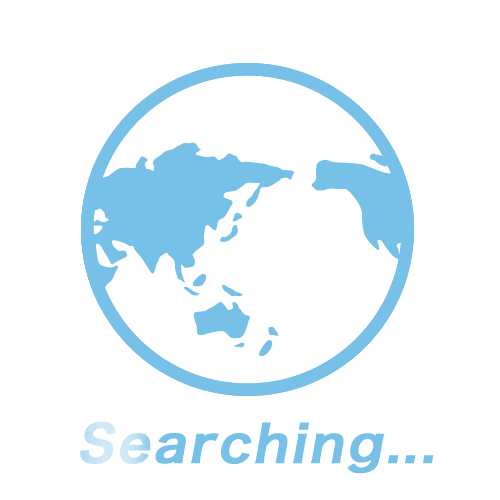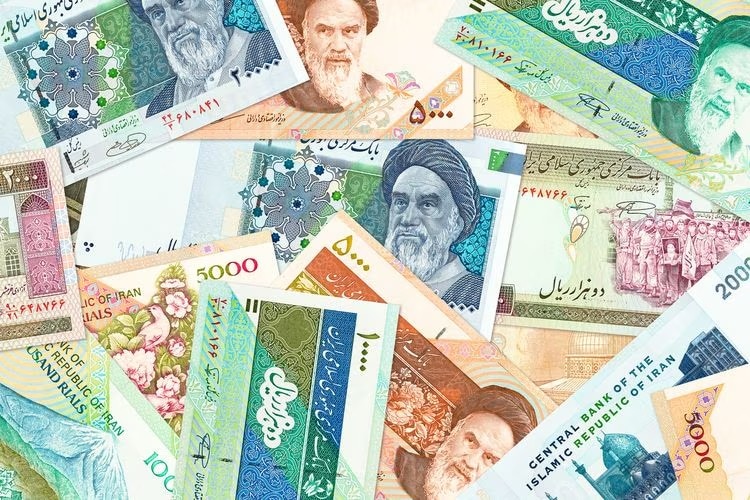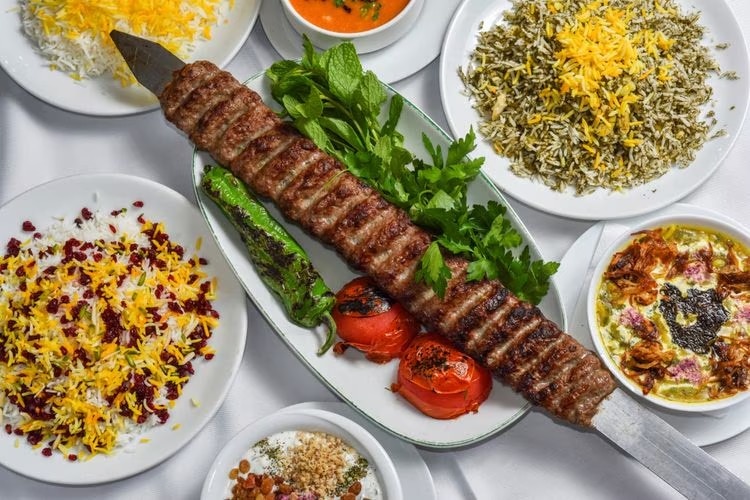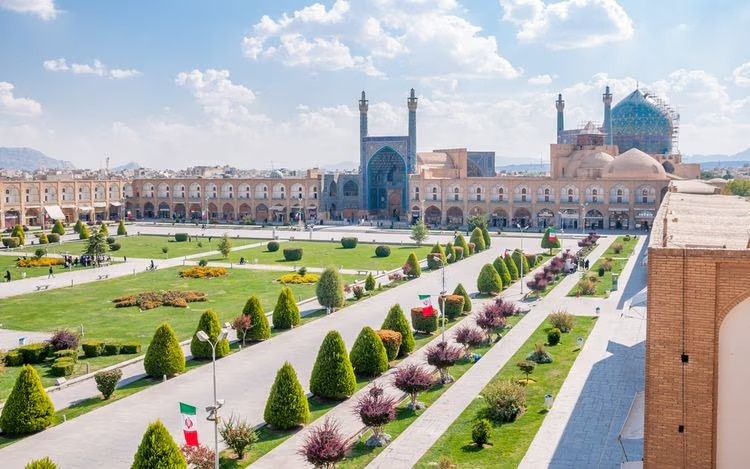Islamic Republic of Iran Travel Tips and Information
Official Name
Islamic Republic of Iran
Capital
Tehran
Population
Country Code
91.86 million
IR
Country Code (international calls)
+98
The flight time to Islamic Republic of Iran is approximately ---- hours. Check the climate, currency, religion, manners, other information of Islamic Republic of Iran below. Wishing you pleasant travels to Islamic Republic of Iran.
Iran is a country in the Middle East under an Islamic republic system. It shares borders with Iraq and Turkey to the west and Pakistan and Afghanistan to the east.
Local Climate / Weather
Iran’s climate is predominantly arid and semi-arid, with four distinct seasons that vary significantly across the country. The northern region, influenced by the Caspian Sea, enjoys a subtropical climate with moderate temperatures, while the southern coastal areas along the Persian Gulf and the Gulf of Oman experience a hot desert climate. The central plateau and mountainous areas present a mix of continental and alpine climates, characterized by hot summers and cold winters. ・Spring (March to May): Spring is one of the best times to visit Iran, as temperatures are generally mild and the landscapes come alive with blooming flowers. Cities such as Tehran, Shiraz, and Isfahan are particularly vibrant during this season, offering pleasant weather for sightseeing and outdoor activities. ・Summer (June to August): Summers can be intensely hot, especially in the central and southern parts of Iran, where temperatures can soar above 40°C. Coastal cities along the Persian Gulf and the Gulf of Oman experience high humidity, making this season less ideal for outdoor activities. However, the northern provinces, such as Mazandaran and Gilan, offer cooler and more comfortable temperatures due to their proximity to the Caspian Sea. ・Autumn (September to November): Autumn is another excellent time for travelers to explore Iran. The weather is cooler, and the landscapes shift to beautiful shades of red, orange, and yellow. This season is perfect for exploring historic sites, mountain treks, and cultural experiences. ・Winter (December to February): Winters in Iran can be quite cold, especially in the north and central regions where snowfall is common. However, southern coastal areas maintain milder temperatures. For those who enjoy winter sports, Iran’s Alborz and Zagros mountains offer excellent skiing and snowboarding opportunities.
Currency & Tipping
Currency
Iran’s official currency is the Iranian Rial (IRR), often symbolized as ‘ريال’. Due to fluctuating exchange rates, it’s highly recommended to check current rates before departure. While some merchants may quote prices in ‘Toman’—which is equivalent to 10 Rials—being clear on the currency in use can prevent confusion during transactions. Cash is preferred for most purchases as international credit cards are generally not accepted due to banking restrictions. It is advisable to carry sufficient Iranian Rials for everyday expenses, and currency exchange can be done at official exchange offices and major hotels.
Tipping
Tipping, known locally as ‘bakhshish,’ is customary and appreciated in Iran. In restaurants, a tip of around 5-10% is considered polite, especially if service is not included in the bill. Hotel staff, taxi drivers, and guides also appreciate small tips, though it is not mandatory. For exceptional service, providing a generous tip is a respectful gesture.
Useful Travel Information

Voltage & Electrical Outlets
Iran uses a 230V supply voltage and 50Hz frequency. The standard plug types are C and F, which are common in most European countries. Travelers should bring a universal adapter to ensure compatibility with their electronic devices. It is also advisable to check if your devices support 230V to avoid any damage.

Internet Connectivity
Internet access in Iran is available but can be subject to certain restrictions. Local carriers such as MTN Irancell, Hamrah-e Aval (MCI), and RighTel offer prepaid SIM cards with data packages that travelers can purchase upon arrival. Ensure your phone is unlocked to use these SIM cards. While 4G coverage is widespread in major cities, some websites and social media platforms may be restricted, so travelers may need a VPN for unrestricted browsing.
Water for Consumption (Drinking Water)
Tap water in Iran is generally safe to drink in urban areas, as it undergoes rigorous purification processes. However, for travelers who prefer additional caution, bottled water is readily available and affordable throughout the country. It’s recommended to check for the sealed cap when purchasing bottled water to guarantee its safety.
Culture, Religion & Social Etiquette
Culture
Iran, with its rich tapestry of culture and history, offers travelers an immersive experience rooted in ancient traditions and vibrant modernity. This nation, known as Persia until 1935, boasts an array of cultural nuances shaped by thousands of years of heritage, art, and literature. One significant cultural pillar is the Persian New Year, known as Nowruz, which marks the arrival of spring and is celebrated with extensive rituals, feasts, and family gatherings. Additionally, traditional Persian arts such as carpet weaving, poetry, and miniature painting reflect the deep artistic sensibilities of the Iranian people.
Religion
Iran is predominantly a Shiite Muslim country, with Islam as the official religion. The practices of Islam deeply influence daily life, public behavior, and even government policies. Travelers should be aware that religious observances, including prayers and Ramadan, are integral parts of Iranian life. During Ramadan, Muslims fast from dawn to sunset, and many restaurants may be closed during daylight hours. Respect for religious sites and practices is essential. When visiting mosques and holy sites, travelers should dress modestly and observe local customs, such as removing shoes before entering prayer areas and maintaining a respectful demeanor.
Social Etiquette
Understanding Iranian social etiquette can greatly enhance the experience for travelers. The concept of Taarof, a form of polite social interaction, is an essential part of Iranian manners. It involves offering and declining items multiple times out of respect. For example, a shopkeeper might initially refuse payment out of courtesy, but it is expected that the customer insists on paying. This custom can be surprising to visitors but reflects the high value Iranians place on respect and social grace. Dress code is another important consideration. While in public, modest clothing is expected. Women should wear a headscarf and loose-fitting garments that cover their arms and legs. Men should avoid wearing shorts and sleeveless shirts. Understanding these norms helps avoid misunderstandings and fosters mutual respect. When greeting locals, a handshake is common between men, but interactions between men and women may be more reserved. It is best to wait for the locals to extend a hand first. Additionally, using both hands to give and receive items or expressing gratitude by placing a hand over the heart are gestures that resonate with Iranian social customs.
Food Culture
Iranian cuisine, deeply rooted in the country's rich cultural heritage, offers travelers a delightful culinary experience defined by a harmonious blend of flavors, fragrances, and traditions. Persian dishes are characterized by their use of fresh herbs, spices, and delicate flavors that showcase the country’s unique gastronomic identity. For food enthusiasts exploring new tastes, Iran’s cuisine promises both familiarity and adventure, with dishes that range from hearty stews to succulent kebabs. One of the staples in Iranian dining is “chelow kebab,” a dish of perfectly grilled meat served with saffron-infused rice and a side of grilled tomatoes, often garnished with sumac for a hint of tanginess. Another popular dish is “fesenjan,” a savory-sweet stew made with ground walnuts and pomegranate molasses, often served with tender pieces of chicken or duck. Travelers, who appreciate the balance of savory and sweet flavors, will find fesenjan particularly enjoyable. For a unique experience, travelers should also try “ghormeh sabzi,” a green herb stew known for its aromatic mix of herbs, kidney beans, and dried limes, creating a taste profile that’s both refreshing and comforting. Street food in Iran offers a window into the daily life and culinary passion of its people. Among the must-try street foods is “sambusa,” a crisp, golden pastry stuffed with a mix of minced meat, lentils, and herbs, reminiscent of empanadas but with a distinct Persian twist. Another popular street snack is “kuku sabzi,” a type of herb frittata that’s delicious whether eaten on its own or tucked into fresh bread. Travelers with a sweet tooth will be delighted by “faludeh,” a traditional frozen dessert made from vermicelli noodles soaked in rosewater syrup and served with a squeeze of lime, perfect for cooling down in Iran’s warm climate. For those seeking an authentic dining experience, Iran boasts a range of local restaurants where travelers can savor traditional dishes in a welcoming atmosphere. In Tehran, restaurants like “Moslem” near the Grand Bazaar are renowned for their generous servings of tahchin, a baked rice dish layered with chicken or lamb and saffron. In the historical city of Isfahan, eateries such as “Shahrzad Restaurant” offer delicacies like “biryani,” which differs from the South Asian variant and features minced lamb mixed with cinnamon and saffron-infused rice. For a picturesque dining experience, “Haft Khan” in Shiraz provides a multi-tiered restaurant setting where travelers can explore various Persian dishes and soak in the ambiance inspired by classic Persian tales. The richness of Iranian cuisine reflects its diverse regional ingredients and centuries-old recipes, inviting travelers to experience a true feast for the senses. Whether savoring a traditional meal in a local restaurant or sampling street food on a bustling avenue, the flavors of Iran offer an unforgettable culinary journey that appeals to both seasoned food lovers and those new to the nuances of Persian cuisine.
Major Tourist Attractions & UNESCO World Heritage Sites
Major Tourist Attractions
Tehran, Esfahan, and Shiraz are the three major cities in Iran that are popular with tourists.You can spend some time exploring the temples of Esfahan, or you can refresh yourself in the tranquil parks of Shiraz.Imam Square in Esfahan is so beautiful that it is known as the “Pearl of Iran. You can feel the beauty of Islamic culture, including mosques. Iran is a treasure trove of many cultural and historical monuments.It is a fascinating country with much to see and do.
UNESCO World Heritage Sites
There are a total of 19 World Heritage Sites in the Islamic Republic of Iran. Bam ruins, Bisotun, Historic Water Works of Shushtar, Susa, Persepolis, Pasargadae, Masjedeh Jameh in Isfahan, Golestan Palace, Choga Zambir, Armenian Monasteries in Iran, Bazaar of Tabriz, Cultural Landscape of Maimand, Imamate of Isfahan Square, Soltaniye, Gonbadeh Qaboos, Shahri Sohta, Tahteh Suleman, Persian Gardens, and the Mausoleum of Shaikh Safi ad-Deen are the current World Heritage Sites. There are many historical sites ranging from the superpower Persian period to the Mongol and Islamic periods.
Travel FAQs
Which airport is the most popular for flights to Iran?
The "Imam Khomeini International Airport" located in Tehran, the capital of Iran, is the most popular choice.
Do people in Iran speak Tagalog or English?
English is also not widely understood in Iran. However, basic communication is sometimes possible at tourist sites and major attractions.
What is the security situation in Iran? What should travelers be cautious of?
Overall, travelers need to exercise caution throughout most areas in Iran. Special attention should be paid to the western border with Iraq and the eastern borders with Afghanistan and Pakistan.
What are important manners to observe in Iran?
Iran is an Islamic country, so dressing modestly is required for both men and women. Additionally, the sale and consumption of alcohol are strictly forbidden.
When is the best season to visit Iran?
The best season to visit Iran is typically during spring and autumn. It is the most pleasant and ideal season for travel and sightseeing.




